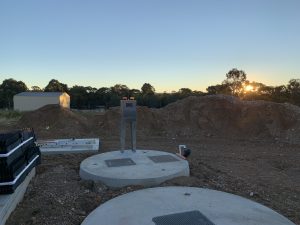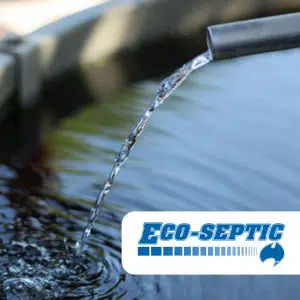What Is The Difference Between Sewage And Refuse?
What is the Difference Between Sewage and Refuse?
Waste management is a critical part of modern life, as we generate more waste than ever before. Two common types of waste that many people are familiar with are sewage and refuse. While these terms might seem similar, they refer to very different things. In this blog post, we will explore the differences between sewage and refuse.
Sewage
Sewage is wastewater that is produced by human activities. This includes water that is used for washing, bathing, and flushing toilets, as well as water that is used in industries and businesses. Sewage can contain a wide range of substances, including human waste, chemicals, and pathogens. When sewage is released into the environment without being treated, it can cause serious pollution and health problems. Therefore, sewage must be treated to remove harmful substances before it is released into the environment.
Sewage Treatment
Sewage treatment is a complex process that involves several stages. The first step is screening, where large objects such as plastics and rags are removed from the wastewater. The next step is primary treatment, where the wastewater is allowed to settle, and solids are removed from the bottom of the tank. In the secondary treatment stage, the remaining liquid is treated with bacteria and chemicals to remove dissolved and suspended solids. Finally, the effluent is disinfected with chemicals such as chlorine to kill any remaining pathogens. The treated wastewater is then discharged into the environment.
Types of Sewage
There are two main types of sewage: domestic sewage and industrial sewage. Domestic sewage is produced by households and includes water that is used for cooking, cleaning, and personal hygiene. Industrial sewage is produced by businesses and industries and contains waste from manufacturing processes, such as chemicals and heavy metals. Both types of sewage require treatment to remove harmful substances and ensure that the resulting effluent is safe for release into the environment.
Refuse
Refuse is solid waste that is produced by human activities. This includes materials such as paper, plastic, glass, and organic waste such as food and yard waste. Refuse is generated by households, businesses, and industries and must be collected and disposed of in a safe and environmentally sound manner.
Refuse Disposal
Refuse can be disposed of in several ways. The most common method is landfilling, where waste is deposited in a designated area and covered with soil. Landfills must be carefully engineered and maintained to prevent pollution and protect public health. Another method of refuse disposal is incineration, where waste is burned in a high-temperature process. This method can generate energy but also produces air pollution. Recycling is another important method of refuse management, where materials such
Types of Refuse
There are two main types of refuse: municipal solid waste (MSW) and hazardous waste. MSW includes non-hazardous waste generated by households and businesses, such as food waste, paper, plastics, and yard waste. Hazardous waste includes waste that is harmful to human health or the environment, such as chemicals, batteries, and electronic waste.
Get in touch
Eco-Septic is a Sydney-based manufacturer that specialises in commercial wastewater systems of various shapes and designs. We can provide fast and free quotes relevant to your commercial wastewater needs, all while keeping in mind individual spending capabilities.
Contact us today for a fast quote at 1800 808 135 or visit us at www.ecoseptic.com.au.
We cover all Sydney suburbs as well as the regions of South Coast, Snowy Mountains, Southern Highlands, Riverina, Blue Mountains and Hawkesbury, Laguna, North and Mid North Coast, Bateman’s Bay, Nowra, Mallacoota, Narooma, Balmoral, Cobargo, Glenn Ines, Avondale, Glenmore, Mogo, Tarago, Torrumbarry, Albury, Faulconbridge, Maraylya, Sherbrooke, Strathdickie, Little Hartley, Linden, cattail, Bowen Mountain, Murwillumbah, Kyogle, Bryon Bay, Lismore, Evan Heads, Yamba, Grafton and surrounding areas.
Related Posts
- Keeping Up With The Latest Technology In Wastewater
- Concrete septic tanks for new home owners
- What Are The Benefits Of Wastewater Treatment?
- How Does a Domestic Sewage Treatment Plant Work?
- The Various Uses of Treated Wastewater
- Maxi Series Range
- How to maintain a septic tank
- Off-the-Grid Living: How AWTS Systems Empower Sustainable Lifestyles in Australia





